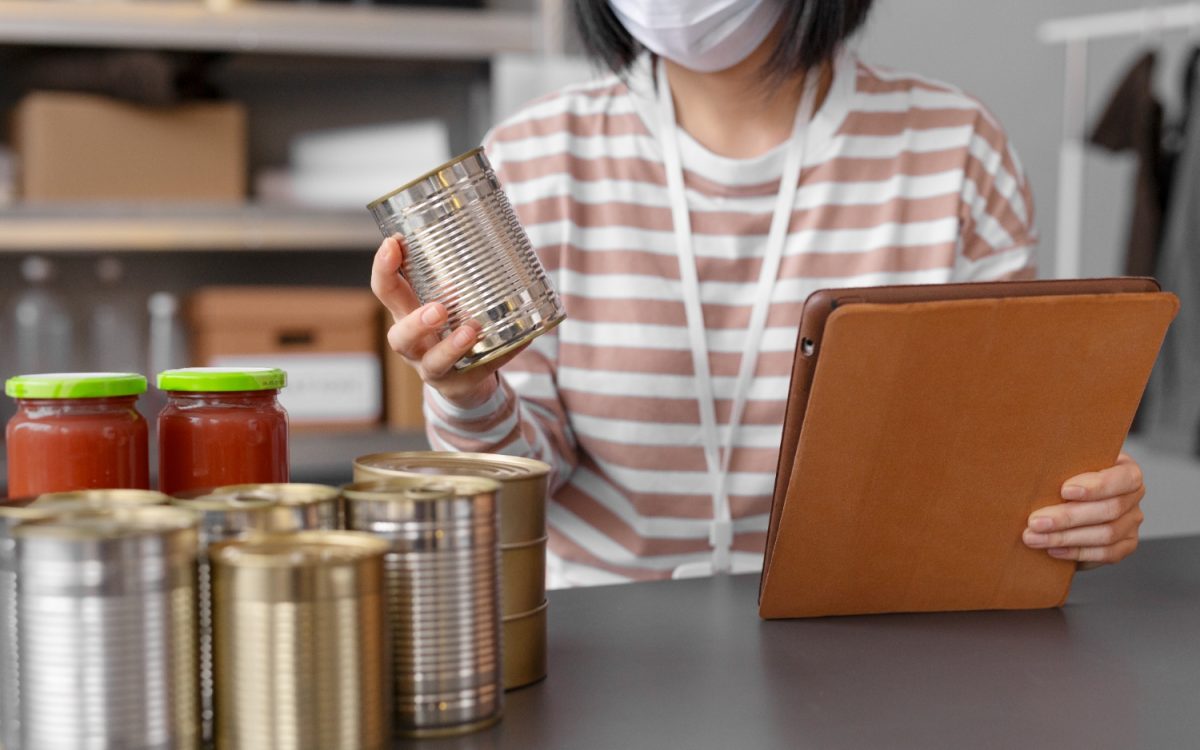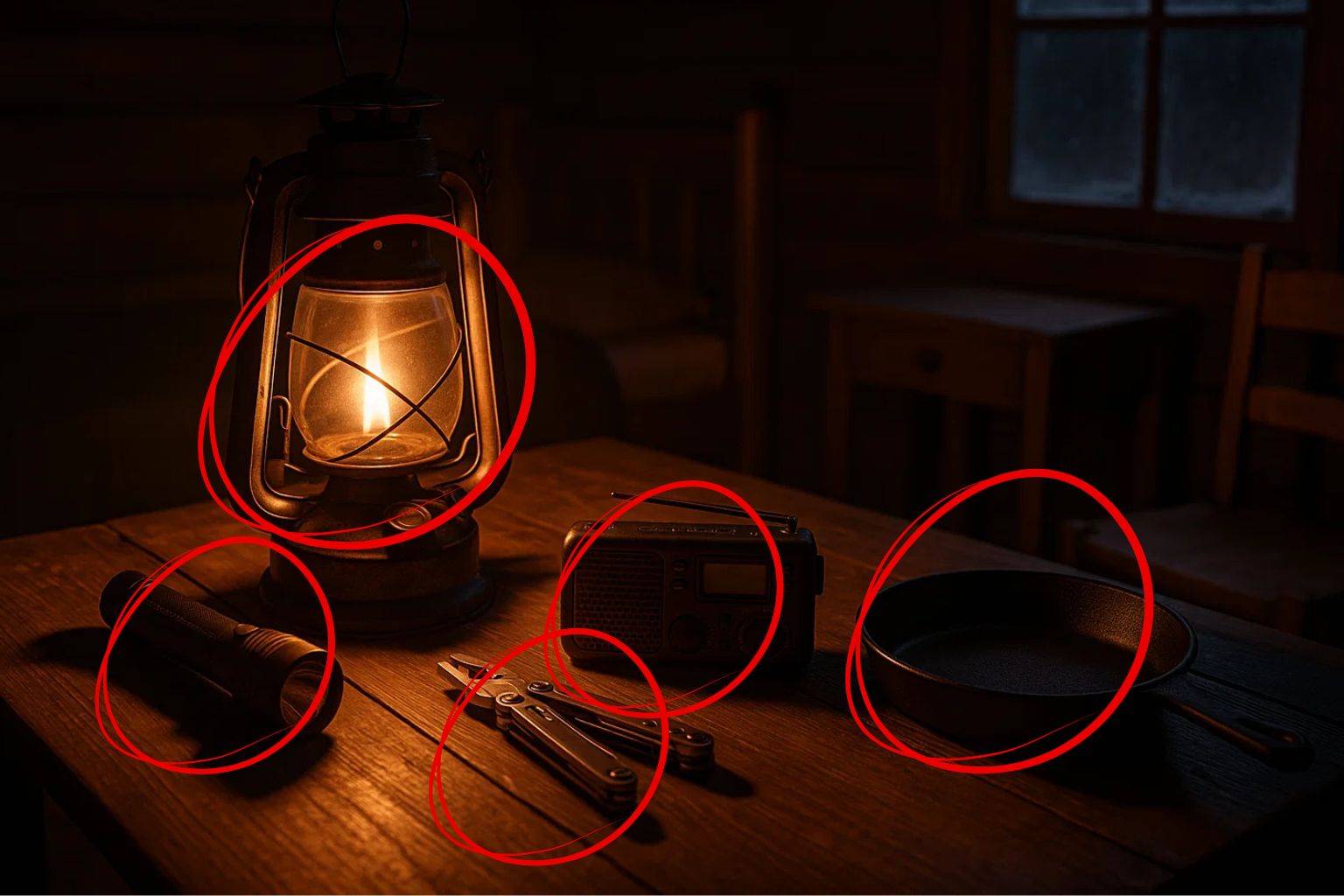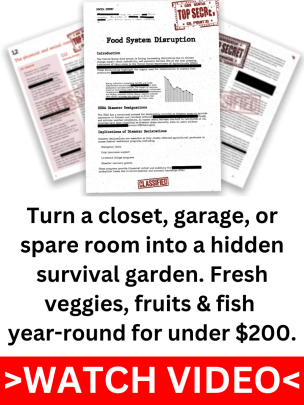Stockpiling food is considered a badge of honor in the preparing community. You’ve spent time, energy, and money gathering what you’ll need to get through the storm, so be sure your family will be cared for. But what if your stash isn’t as dependable as you thought?
Having a stockpile is important, but so is having one that functions when you need it most. Little mistakes, such as defective supplies or inadequate planning, can escalate into major issues when a disaster occurs. In actuality, even the most experienced preppers are susceptible to falling into this trap.
It’s time to examine your emergency food storage more closely if you’re serious about surviving. Discover the most frequent food storage mistakes that could make your lifeline a liability and what you can do to correct them right now.
Shelf Life
The expiration date shown on the box is only one aspect of the shelf life. Temperature, humidity, and food type are just a few variables that affect how long food is useable. For instance, even though canned products may have a long shelf life, their quality may rapidly deteriorate, even before the expiry date, if they are kept in a damp cellar or a hot garage. The same is true for dried foods that are vulnerable to pests if not stored properly, such as rice or beans.
Not rotating your stockpile is another common error. It’s simple to overlook the older food at the back when newer things are arranged in front of older ones. This eventually results in waste and, worse, leaves you without anything that can be used in an emergency. Rotation is frequently emphasized in prepping food storage tips, and for good reason: it keeps your supplies efficient and fresh.
Use a first-in, first-out (FIFO) system to address this. Newer things should always be placed below older ones, and each container should have an expiration date marked. Examine your supplies frequently to find and replace any that are getting close to expiration. Think about vacuum-sealed products or freeze-dried meals for long-term food storage. These items are great additions to your survival food supply since, when stored properly, they can endure for decades.
Lastly, add variety to your storage. It’s dangerous to rely just on one kind of food. Rather, provide choices such as ready-to-eat meals, freeze-dried fruits, or powdered milk. This not only makes your supplies last longer, but it also adds diversity, which is crucial for morale.
The Environment
It may surprise you to learn how important the conditions in which you store your food are. The three main adversaries of emergency food storage are heat, light, and moisture. A lot of preppers make the mistake of keeping their goods in places with significant temperature swings, such as garages or attics. Even for robust products like freeze-dried meals or canned foods, these factors can significantly reduce the shelf life of your food.
Although they aren’t always the best, basements can be great places to store things. Mold can grow in damp environments, contaminating food and destroying packaging. Furthermore, regions with inadequate ventilation may hasten spoiling. You run the danger of losing all of your supplies in a single disastrous incident if your basement floods easily.
Select a dry, dark, and cold storage location to prevent these long-term food storage mistakes. To keep your supplies safe from pests and water damage, use shelves to raise them off the ground. Purchase a dehumidifier or put moisture absorbers next to your food if humidity is an issue. You may increase the security of your survival food stockpile by keeping your goods in sealed containers.
Packaging Failures
For long-term food storage, the packaging that your food comes in is frequently insufficient. Over time, thin plastic bags, cardboard boxes, and even factory-sealed containers may break down. Your food is jeopardized as air, moisture, and bugs relentlessly search for weak spots. One of the most common food storage mistakes is also one of the simplest to correct.
Insects and rodents are especially problematic. Multiple packets can be chewed through by a single mouse, infecting everything it comes into contact with. Similarly, weeks or months of planning might be ruined by a little insect infestation that spreads quickly. Finding out that your supplies have been compromised during a crisis could be disastrous.
Increasing the quality of your packaging is the answer. Dry items like pasta, grains, and beans are stored well in Mylar bags with oxygen absorbers. Put these bags inside food-grade buckets with airtight lids for further safety. For goods you use often, vacuum-sealed containers are also a fantastic choice. To guarantee correct rotation, always mark your containers with the contents and the date of storage. You can protect your food supplies from frequent dangers by investing in best practices for food storage.
Lack of Variety
You might be surprised to learn how harmful a monotonous diet can be. Although staples like rice and beans are necessary, consuming them exclusively may cause “food fatigue.” Your capacity to perform in an emergency might be significantly impacted by this syndrome, in which eating the same thing over and over again reduces your appetite and vitality. Variety in your emergency food storage is essential for sustaining morale, which is crucial in survival scenarios.
Mix freeze-dried meals with a variety of canned fruits, veggies, and proteins to diversify your survival food stockpile. During difficult times, comfort foods like coffee, chocolate, and hard candies can also help people feel better. Furthermore, simple additions like dried herbs, chili flakes, or garlic powder can turn boring essentials into delectable dinners.
The key is balance. Add meals high in nutrients for health, calorie-dense options for energy, and fun things to boost spirits. In addition to keeping you alive, a well-rounded stockpile also keeps you inspired.
Ignoring Personal and Family Needs
Every home is unique, so it’s a big mistake to not adjust your emergency food storage to your family’s requirements. To prevent waste, dietary restrictions, allergies, and individual preferences must be taken into account. For instance, someone with an intolerance needs gluten-free options, and fussy eaters, particularly kids, might turn down strange or unappetizing foods when they’re under stress.
You can find problems and make adjustments to your stockpile by testing meals before an emergency. Make sure nothing is wasted or underused by customizing your storage to fit everyone’s needs. When your resources are most needed, this method not only maximizes efficiency but also lessens stress.
Neglecting Regular Maintenance
If left unattended, a well-stocked pantry might lose its usefulness. Pests can invade, seals can deteriorate, and food can rot with time. You run the danger of finding these problems only when it’s too late if you don’t routinely check your stockpile.
Establish a timetable for regular upkeep. Examine your supplies for dents, leaks, or indications of contamination. Replace anything that has been used and rotate things that are getting close to expiration dates. Your stockpile is kept in peak condition and prepared for any disaster by these minor actions.
Forgetting Water
Despite being just as important as food, water is frequently forgotten when making preparations. Water is necessary for the manufacture of several emergency food storage goods, especially freeze-dried meals. Even the best-stocked pantry won’t keep you alive without it.
In addition to having backups like portable filters or water purification tablets, each individual should keep at least one gallon of water on hand each day. During an emergency, non-potable water requirements for cleaning and sanitation can quickly mount up.
Not Calculating Enough for the Long Haul
You may find yourself in a long-term dilemma if you underestimate the needs of your home. Although a two-week supply might seem plenty, longer-term emergencies call for much more preparation. Inaccurate calculations might cause shortages very fast.
Determine how much food your family will require based on factors like size, age, and activity level by using a food calculator. To increase effectiveness, include calorie-dense foods like energy bars, peanut butter, and almonds. Remember that basic cookware and manual can openers are just as important as the food itself.
Your survival food supply will be dependable and efficient if you avoid these common food storage mistakes. You’ll feel more secure knowing that your supplies are prepared for any emergency if you take care of these problems now. When SHTF, being prepared is more than simply a strategy; it’s a source of comfort.





















